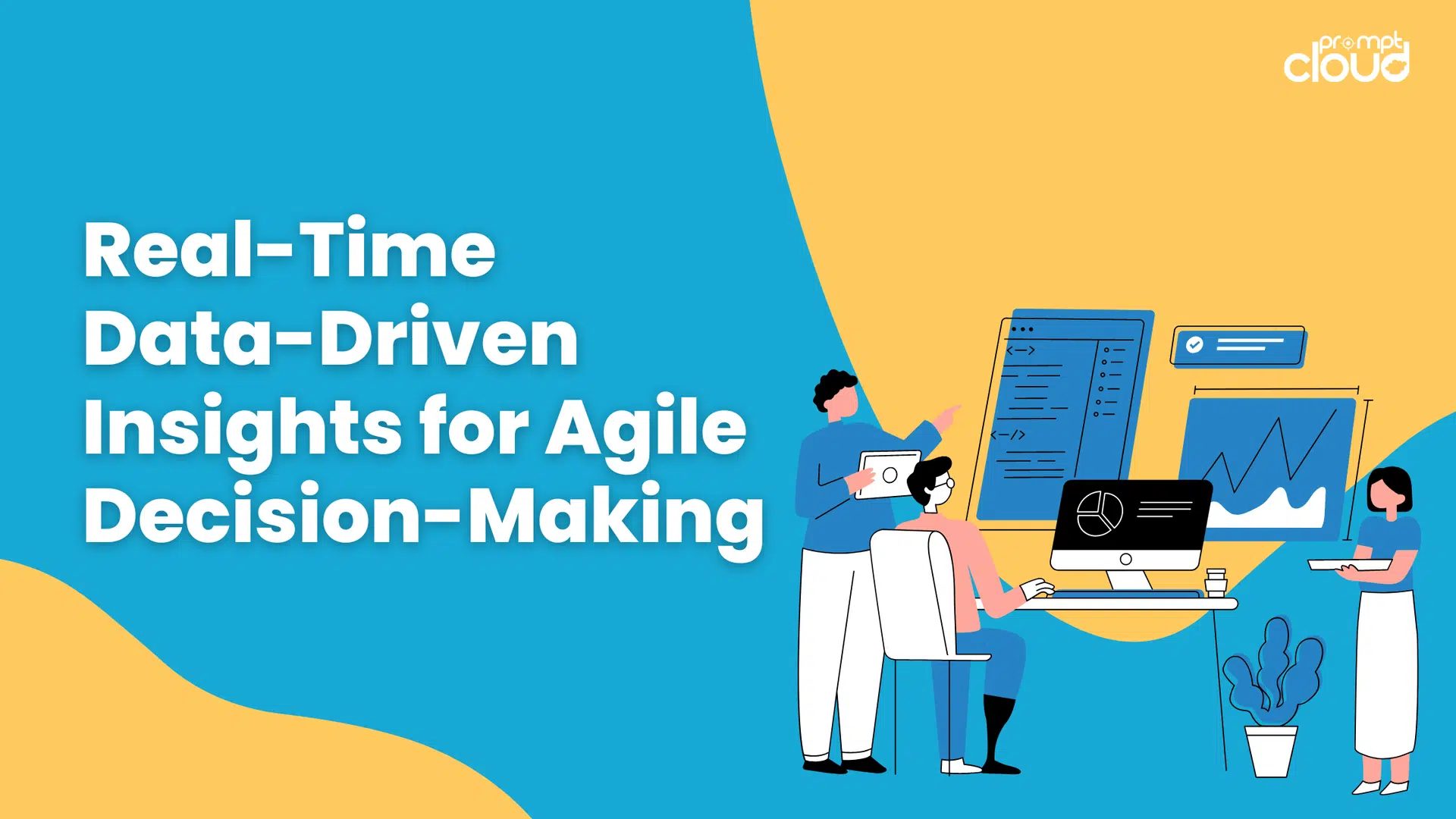The rise of web 2.0 and a subsequent explosion of user generated content and social media has got companies interested in what people are talking. Collecting real-time data through sensors installed in systems or through live conversations isn’t a problem any more. Instead, converting this unstructured data into actionable takeaways for business – and doing so while the type and volume of data keeps changing frequently, is surely a challenge.
Big data analytics and technology
Detecting infections in infants before doctors do
Late Onset Neonatal Sepsis (LONS) is an infection that infants may develop after up to 7 days of birth. A day before the infection is triggered, the infected babies start showing some common signs. Their heart rate becomes way too steady, which is a rare case even in adults.
To counter this problem, Dr. Carolyn McGregor’s team at The Hospital for Sick Children in Toronto, Canada is working on Project Artemis. They have developed a real-time data collection and analysis system that can take cues from babies’ heart monitors and then detect whether the threat of an infection is imminent. An alert is then sent out to nurses taking care of the infant who can take measures within time. Before this technology, detecting such an infection being developed was dependent on judgement of experienced nurses based on their instincts and knowledge.
Smarter cyber security systems
Concerns have always been raised about an imminent security threat with the rise of big data technologies. Attackers have devised new ways of getting past the traditional security systems. Right now its difficult to inflict considerable damage to an organisation without using manual interventions, although with IPV6 and an internet of things, more and more devices will become IP-enabled. Cyber attackers can then even disrupt the physical infrastructure that are connected digitally. To protect themselves, enterprises have turned to intelligence-driven security models that are more agile. This has been enabled by use of big data analytics, that can handle both the depth of information as well as the breadth of sources. Combining an understanding of business risks and various cyber-attack techniques with the science of data analytics is a crucial step for achieving more secure enterprises.
Using big data to set up a repository of potential risks is the first step for any organisation. Though having historical data by itself won’t help, one can look at combining this data with real time data to detect various crucial security threats. This type of a setup will create a system that can help in exploring unanticipated correlations and finding hidden patterns almost instantaneously.





















